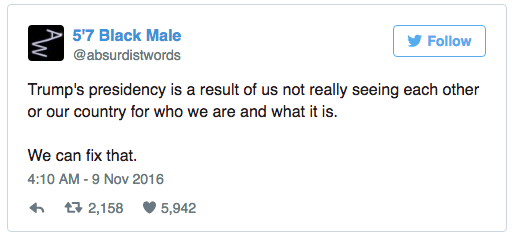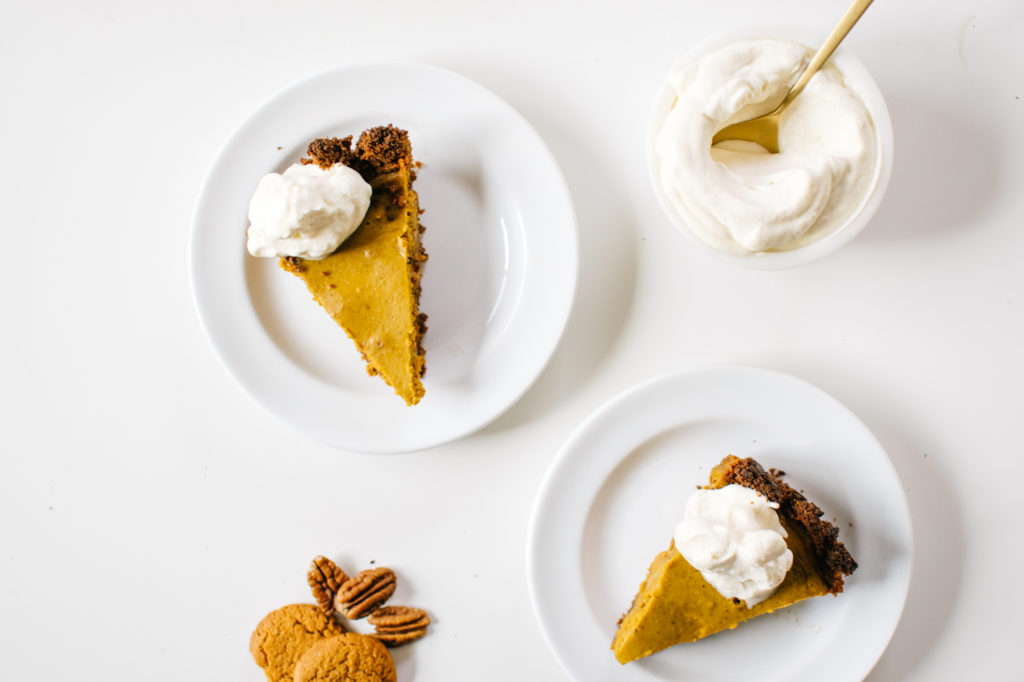
I’ve been going through the motions. I get up. I stare at a wall. I remember what’s happened in our country. I think about this Twitter thread, and this one tweet in particular:
…a result of us not really seeing each other or our country for who we are and what it is. I’ve been going through the motions of a relationship with a country I thought I knew, a place I thought was closer to me and my heart than it ever actually was. I was living in a dream of denial.
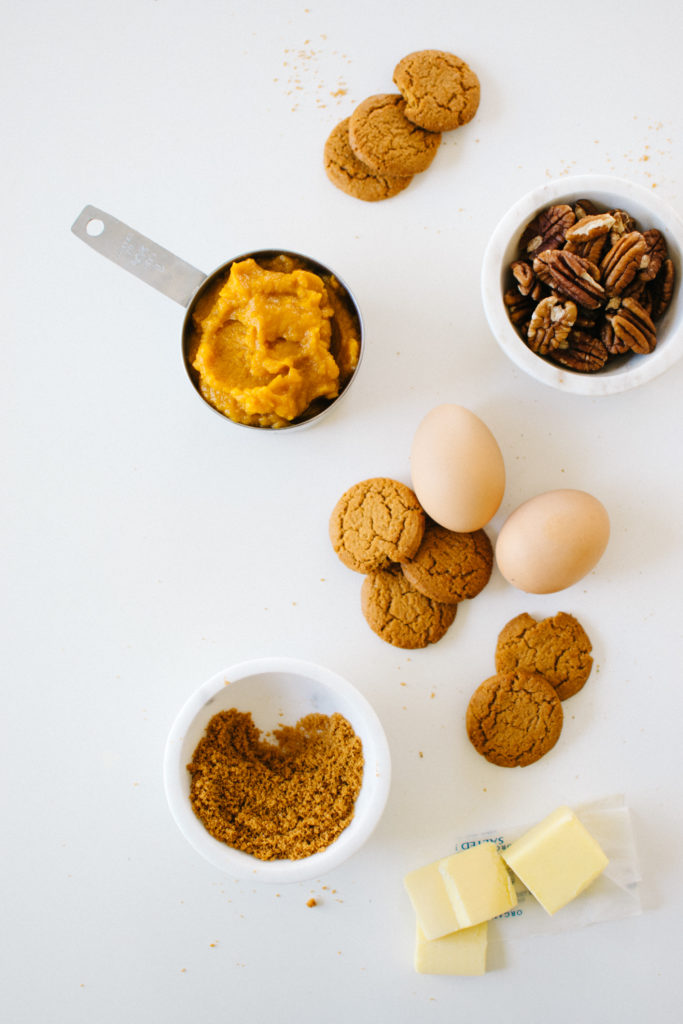
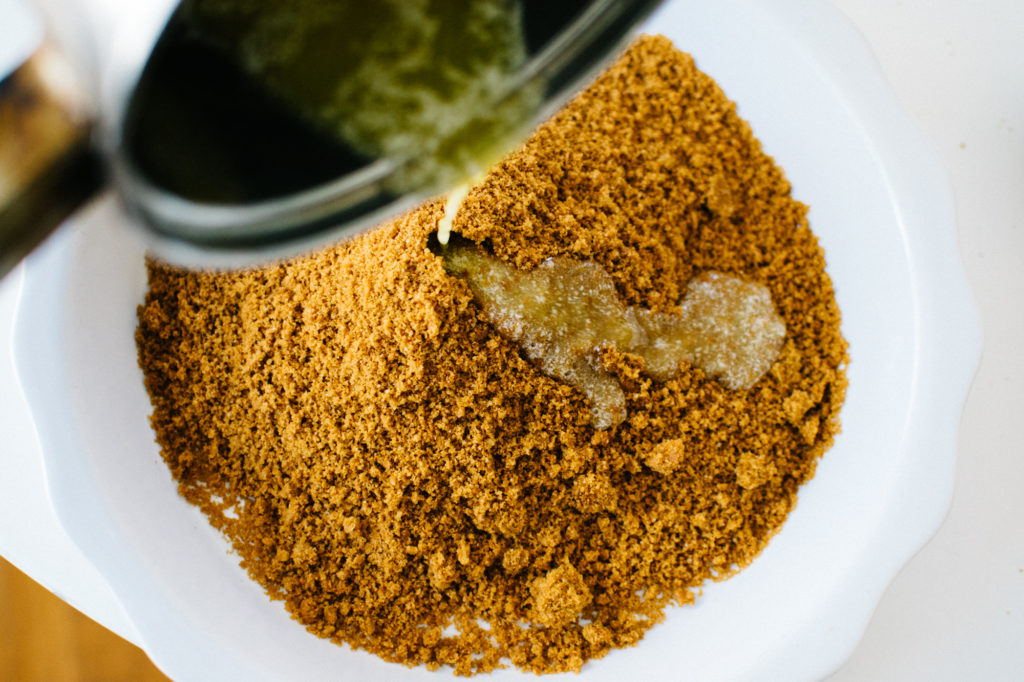
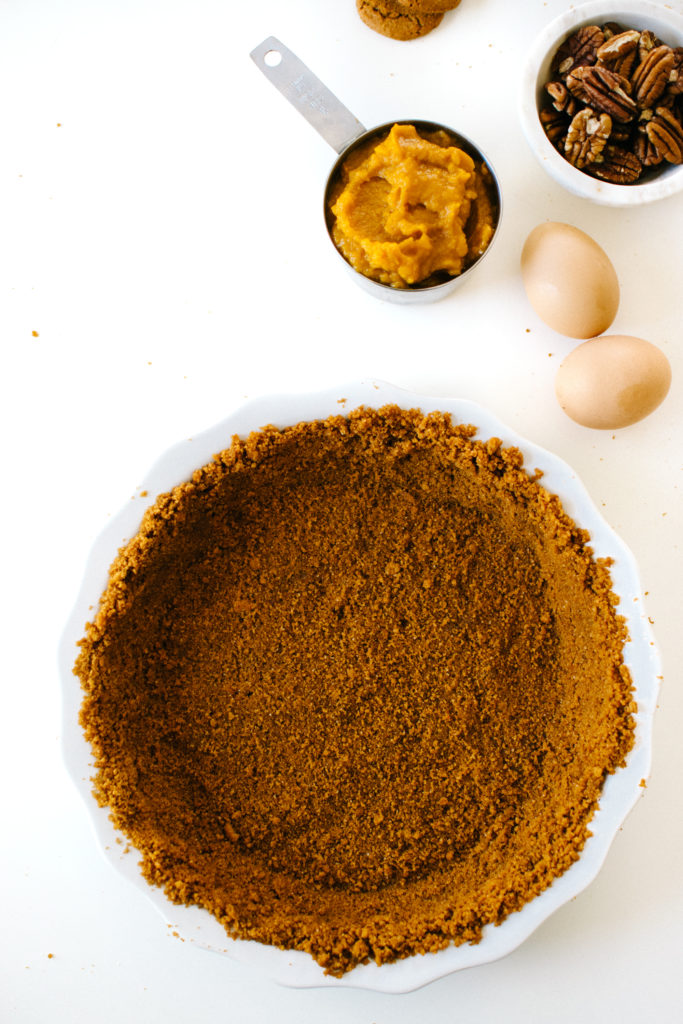
@absurdistwords goes on to say that our path to fixing this is through empathy. For many white people, like myself, this is the first time we are waking up to feelings of disenfranchisement, marginalization, disorientation, and fear. His reminder that these feelings are the very same that people of color and other minority groups feel and grapple with upon waking every single morning is sobering.
In a sea of grief and disillusionment, the anchor of empathy feels good, right. It means I can do more than just stare at a wall. I can get up. I can connect with people in ways I haven’t before, perhaps in ways that feel scary because they push me outside my comfort zone.
But I think that’s the point. I don’t yet know exactly how that will look for me, but I do know that doing the same thing I’ve done for the past thirty three years will not work. Earlier in the thread, @absurdistwords says:
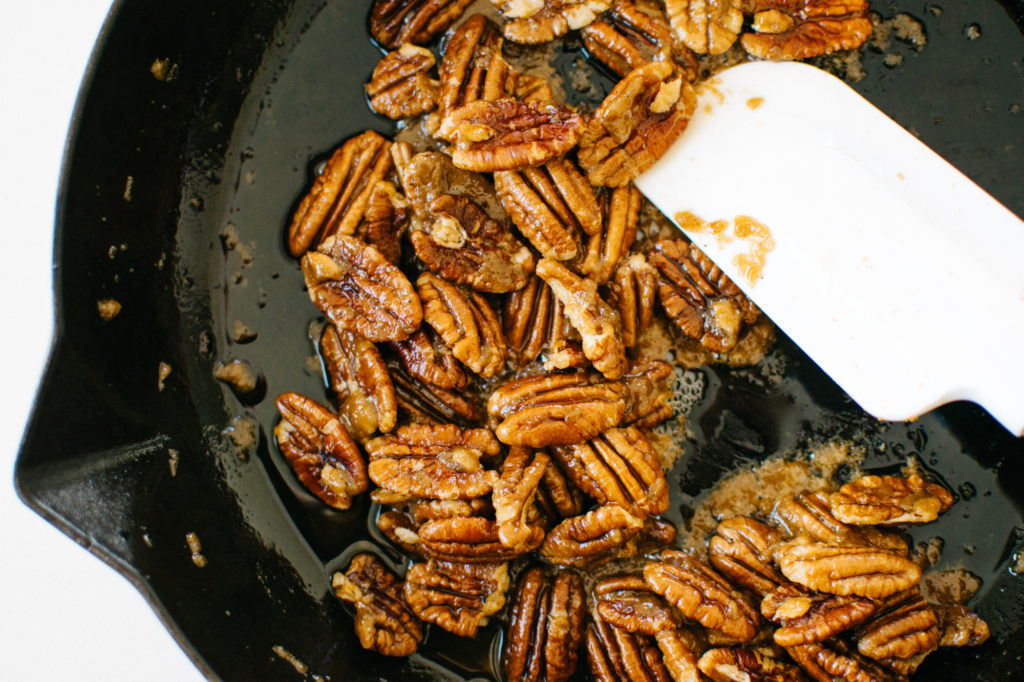
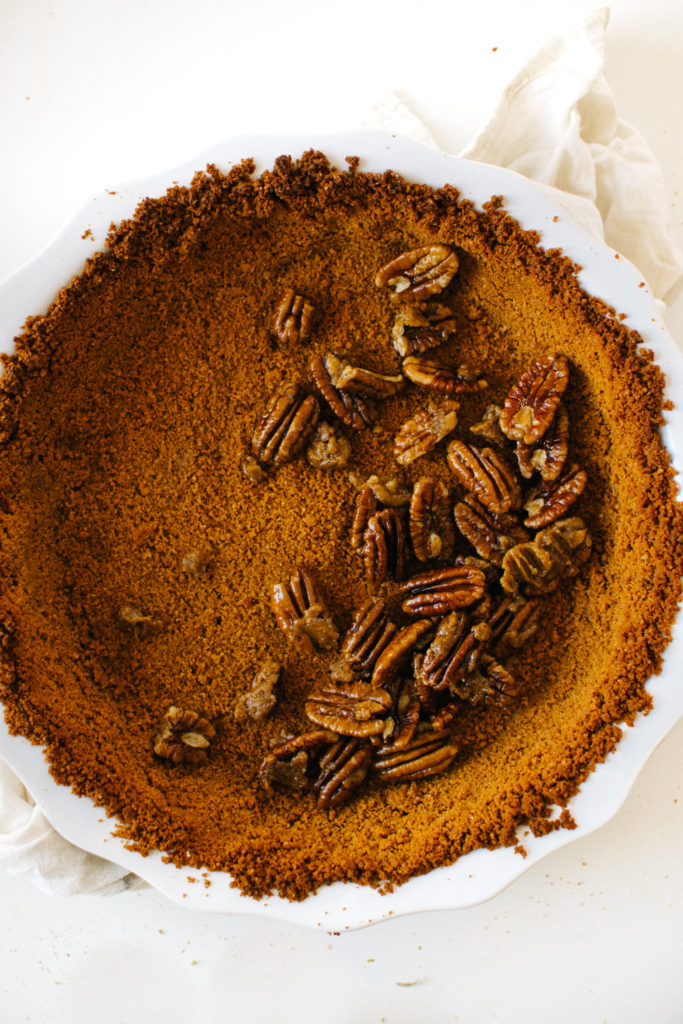
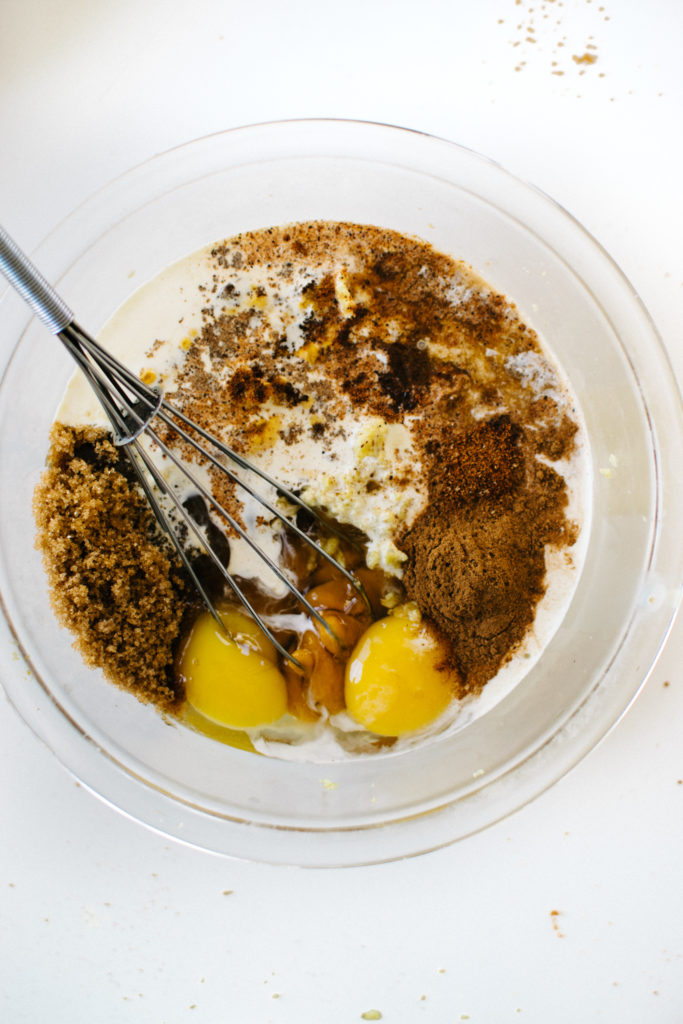
Part of the trouble—my trouble, the trouble of the millennial—is that I am part of a generation (of white people, I’ll speak for myself) born and bred on the fundamental assumption of our exceptionalism. In an effort to break down the tough yet ephemeral matter of ideas bandied about regarding how I might make a difference at this pivotal juncture, I want to turn the mirror on myself. Assess the ways I cling to my own entitlement and exceptionalism, and how that prevents me from seeing beyond my comfort zone.
In 2013, Tim Urban of the blog Wait But Why published a post about this very topic, addressing what he calls GYPSYs: Gen Y Protagonists & Special Yuppies (the generation born between the late ‘70s and early ‘90s). Urban writes of how GYPSYs not only believe that they deserve deeply fulfilling careers (as opposed to the previously sought after stable career), but that, “each individual GYPSY thinks that he or she is destined for something even better”—aka exceptionalism.
Economically speaking, this made for a generation of young folks who sought out higher upon higher levels of education and eschewed blue collar employment in favor of an economy of the intellect—young folks who felt like they were owed the extraordinary simply by virtue of their being born. This is, patently, dangerous. And I—self-employed, small business-owning, writer-photographer-recipe-developer that I am—am one hundred percent guilty.

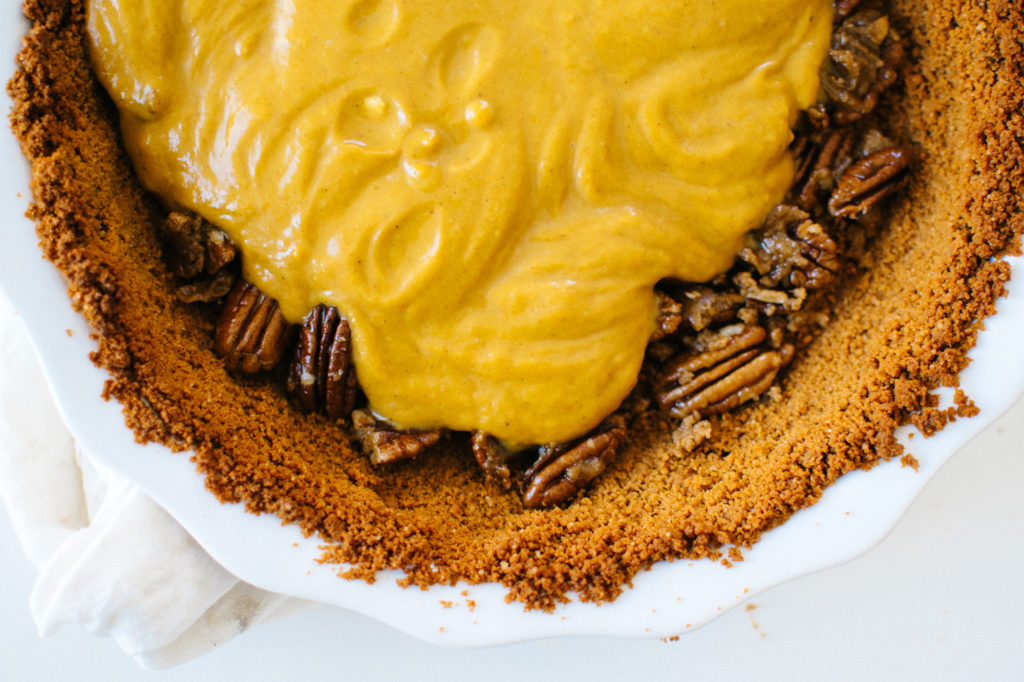
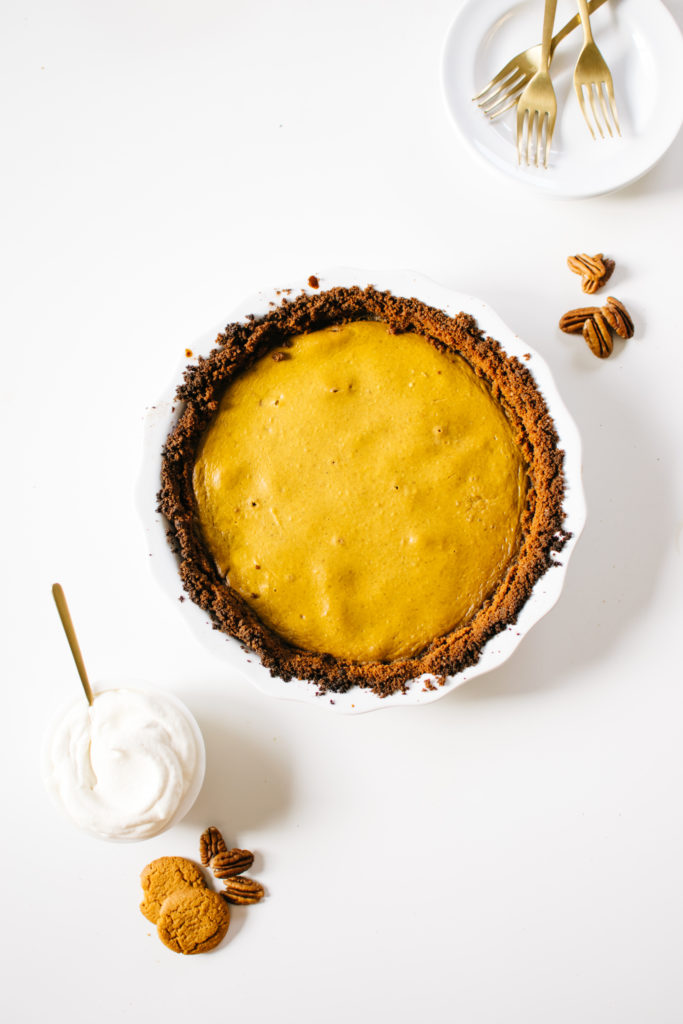
This is not to say that our generation should not have had such dreams, or that we single-handedly ruined Motor City or the labor economy as a whole. But a close examination of how my blinders became so tightly plastered to the sides of my head seems in order. If I can see the precise shape of my delusion, then perhaps I can more easily cast it aside.
First, some definitions. Empathy is defined as the ability to place oneself in another’s position. Exceptionalism is defined as being fundamentally unique, separate, or distinct from by way of being exceptional. If my fundamental sense of self is built on a foundation of exceptionalism, it is nearly impossible to set my own grandiosity aside for long enough to put myself in someone else’s shoes.
If I recognize the ways in which I cling to that sense of exceptionalism, though, I can then choose empathy over entitlement. I can choose to see how I am similar to rather than better than others. I can see the truth of suffering so prevalent around me, and how my holding myself apart contributes to the perpetuation of that suffering.
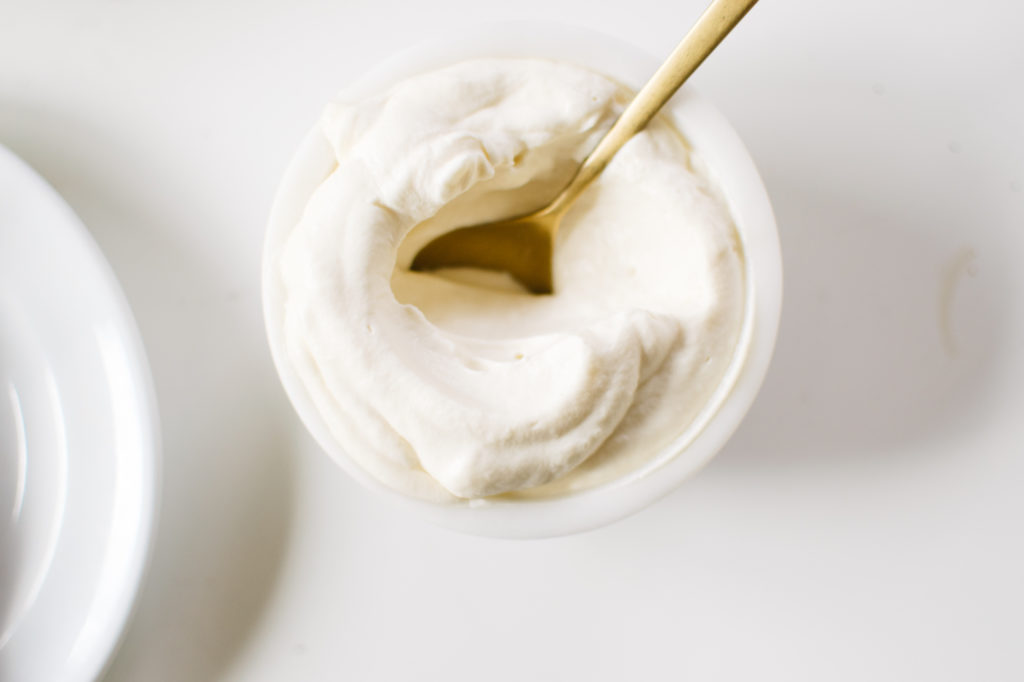
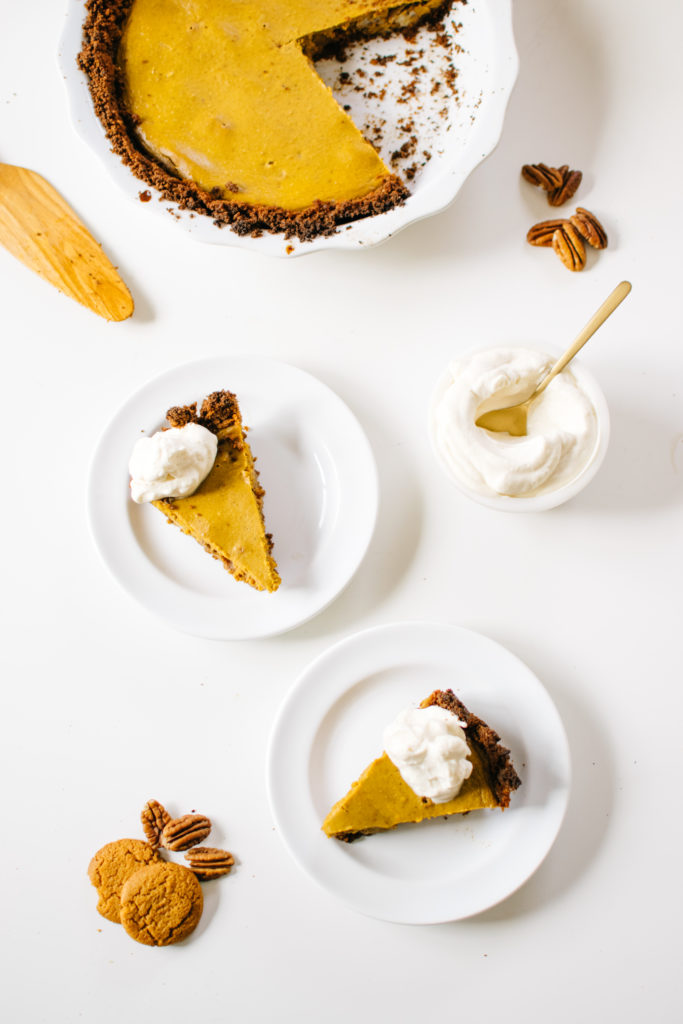
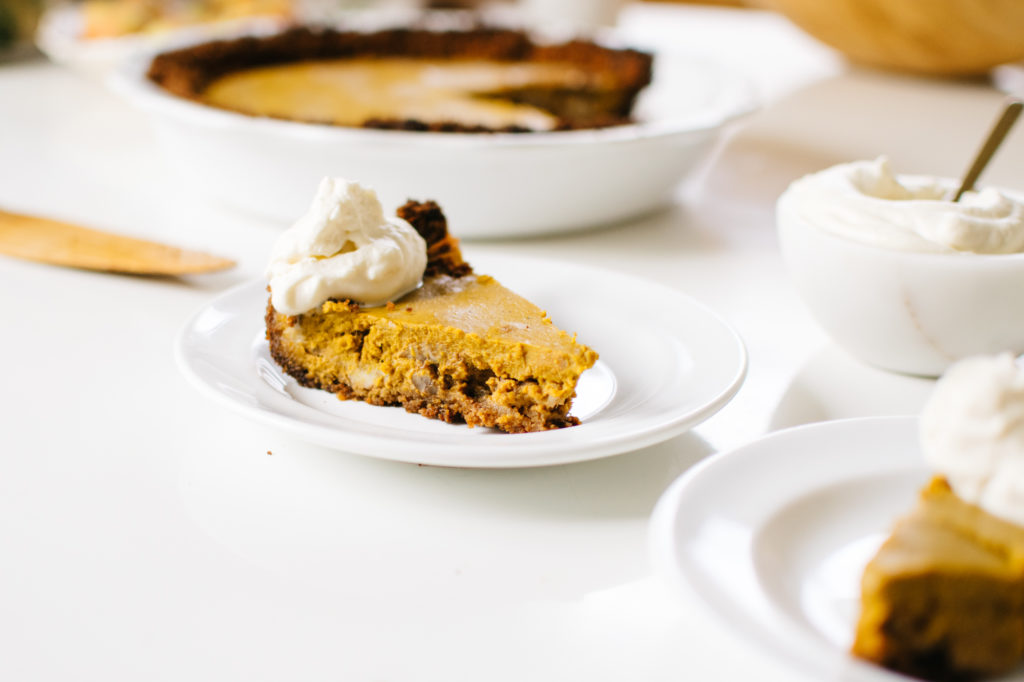
Still, these are all just words. Words that do nothing at all until they are purified into the rigor of action. But we start inside our own minds, I suppose, and I hope that, in cogitating over this together for a few minutes, we might shift towards the light of empathy and away from the morass of exceptionalism, the danger of holding ourselves apart.
Because, of course, the irony of a group of people who all insists on their being special is that this, by definition, makes none of us special at all. It does, however, make us particularly ripe for learning how to empathize in the aftermath of a dismantled exceptionalism. And maybe, just maybe, that means we get to turn towards, rather than away from, each other. We get to become better than we have been up until now. We get to see more clearly. We get to build a better world, moment by moment.
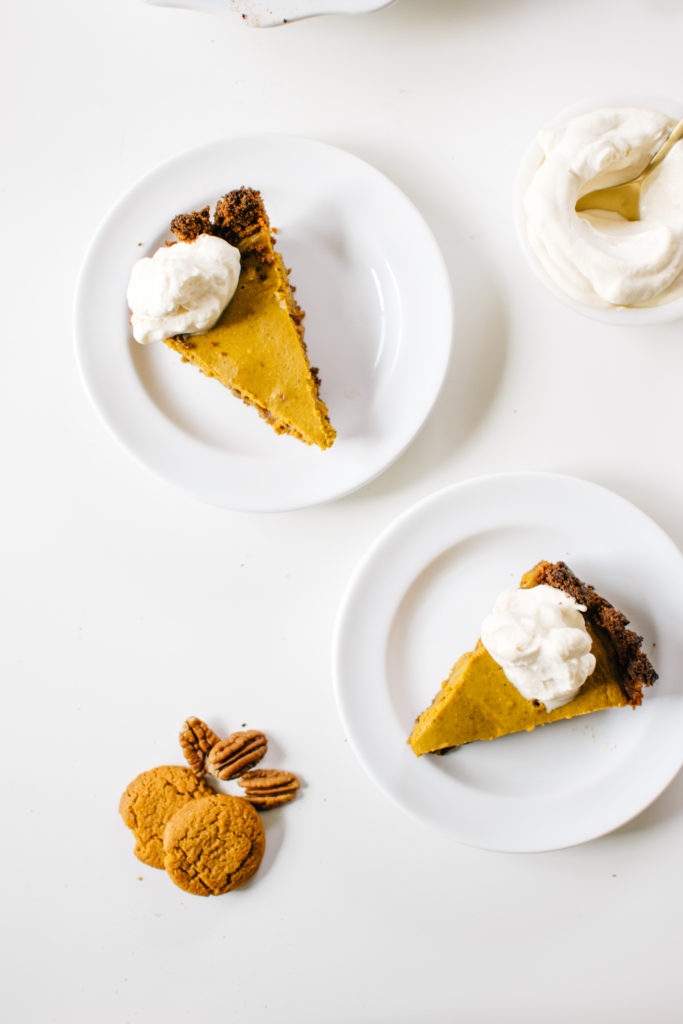
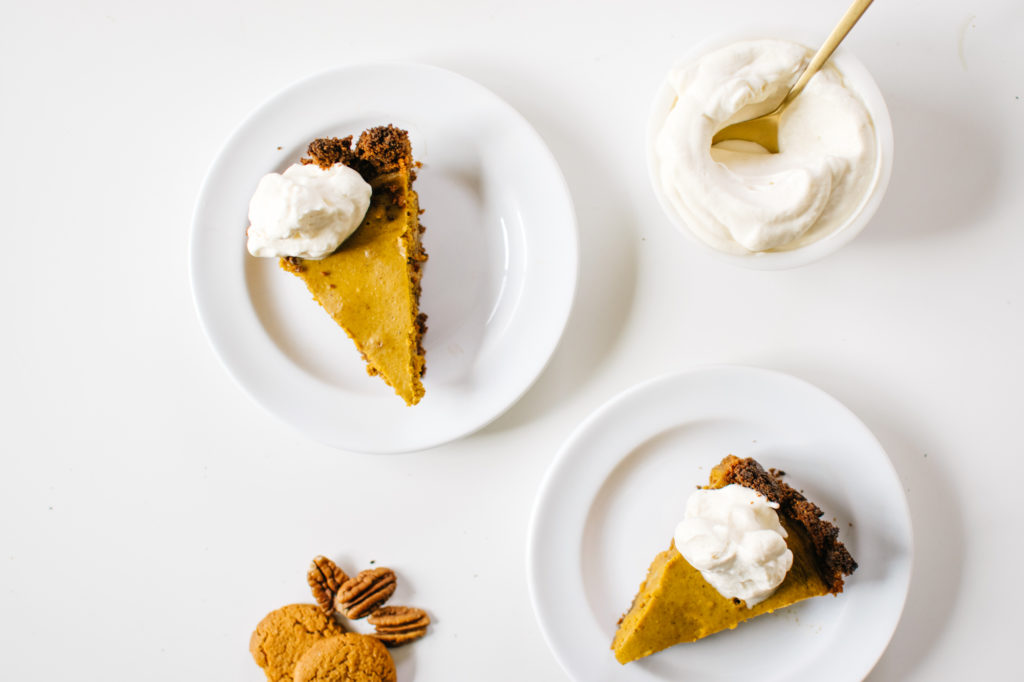
And for your Thanksgiving tables (or just any table in need of sweetness after strife), my ultimate holiday pie: Gingersnap crusted, pumpkin filled, with a layer of brown sugar caramelized pecans tucked inside.
Of note: I like using baked or steamed and pureed kabocha or red kuri squash instead of pumpkin, when I have the time to do so. I find these orange squashes have a much brighter color and far better and sweeter flavor for pie-making. I promise: It’s everything pumpkin you’ve ever dreamed of—and more. I wouldn’t dare lead you astray in the pumpkin department.
Caramelized Pecan Pumpkin Pie with Gingersnap Crust.
Ingredients
crust
- 8 ounces gingersnaps ground to crumb high powered blender or food processor
- 4 tablespoons salted butter
- caramelized pecans
- 1 cup pecan halves and pieces
- 2 tablespoons salted butter
- 3 tablespoons brown sugar
- 2 pinches sea salt
filling
- 2 cups pureed kabocha squash or red kuri squash or sugar pie pumpkin
- 2 eggs
- 1/3 cup heavy whipping cream
- 1/3 cup maple syrup
- 2 teaspoon finely grated fresh ginger
- 1 1/2 teaspoon cinnamon
- ½ teaspoon nutmeg
- 1 1/2 teaspoons pure vanilla extract
- 1/8 teaspoon ground clove or all spice (sometimes I only have one and not the other)
- 1/3 cup brown sugar
- ¼ teaspoon salt
Maple Whipped Cream
- 1 cup heavy whipping cream
- 1 teaspoon pure vanilla extract
- 2 tablespoons maple syrup
Instructions
Make the crust.
- Preheat oven to 350°. Melt 4 tablespoons butter and combine with gingersnap crumbs. Press into 9” pie dish and distribute uniformly along bottom and up sides. Bake for 9-10 minutes, until nicely golden. Remove from oven and let cool.
Make the pecans.
- Melt 2 tablespoons butter in sauté pan and add pecans, brown sugar, and sea salt. Sauté on medium heat for 5-7 minutes, stirring continually until the brown has just slightly deepened in color. Remove before you see a major turn in color, otherwise you’ll end up with burned pecans. Let cool for five minutes, then pour these into the bottom of the pie dish, distributing evenly.
Make the pie.
- Combine all filling ingredients and integrate with a whisk or electric mixer. When entirely blended, pour into cooled pie dish and bake on a center rack for 55-60 minutes. Check at 35 minutes, and if the crust is browning too quickly, cover loosely with a piece of foil, making sure the foil tents over the pie, not touching its surface at all. When the filling is set in the middle, it’s done.
- While you’re waiting, whip the rremaining 1 cup of cream, vanilla and maple syrup until soft peaks form.
- Let pie cool completely, then serve with maple whipped cream. Store in refrigerator.
- Happy Thanksgiving all year long (or whenever you make this pie)!


